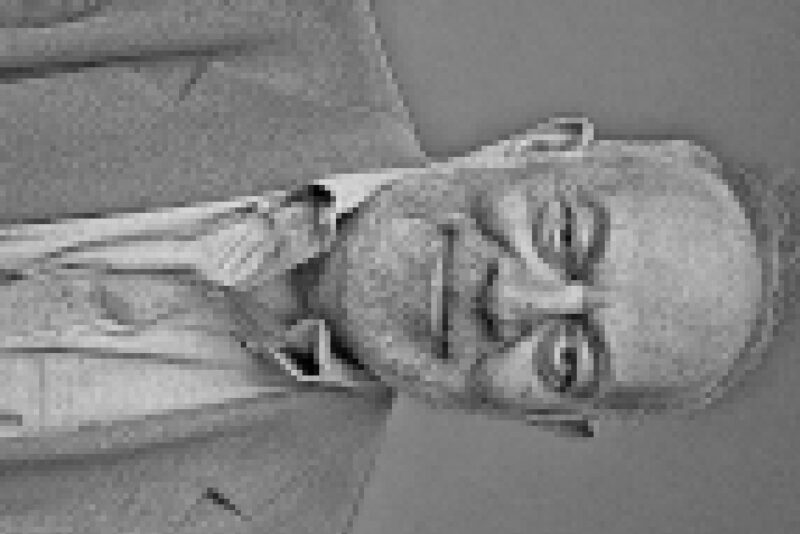December 15, 2023
The spread of technology to play music in literally every space of life (including directly into our heads) is introducing new forms of musical engagement and expression.
In my personal reflection, I find that a lot of contemporary musical forms are more easily understood alongside architecture rather than discrete forms like oil painting or sculpture. (This was part of my impetus for theterminalpost.com). Music has become another persistent layer which shapes the way we experience spaces inside and out. Increasingly, it is more like “sonic architecture” than “sonic artworks.”
With this in mind, it’s easier to reflect on the rise of ultra-long form virtual content (in this case, on YouTube). By ultra-long form, I don’t mean 30 or 45 minutes but one or more hours (sometimes ten or more hours). These videos are rarely hours of original, unique content. Instead, they are typically playlists of repeated content or feature loops of particular pieces which lend themselves to repetitive, background listening (consider homework edits).
More than just “a playlist with hours of music on it,” much of this content—like a homework edit —is curated to not demand attention from the listener. Instead, it designs deliberate sonic, resting spaces in our virtual architecture which is so frequently cluttered with histrionic demands for attention. In a certain sense, ultra-long form content is actually subversive. It accumulates listening time (a valuable resource in digital content) while dismissing focal attention. While this programming might seem like it directs people toward content platforms, it actually serves as a kind of off-ramp from the ear-ringing onslaught of recommended content, reclaiming the focal attention most valuable to advertisers.
Lucid Rhythms is one ultra-long form content creator who has recently caught my attention. As they put it, “my music is perfect for unwinding and relaxing, as well as boosting creativity and concentration.”
This content utilizes generative AI to create extended, ambient soundscapes. Consider putting it on for the next few hours of your work and then coming back. Otherwise, give it a few minutes and you’ll get the idea enough to read on:
These pieces work because they utilize AI to take advantage of the unusually protracted temporal form which this content (and technology) is uniquely capable of. In doing so, the music takes advantage of the ultra-long form, designing truly unique and captivating works of sonic architecture. Each work achieves purposeful, harmonic impact while the use of polyrhythms and chance operations create a sense of variability mimicking the human (as is biological systems were capable of sustaining an operation like this.)
Designed by a human and built by generative AI, this sonic architecture is a feather-bed for neural activity. Like a wooden ball might roll softly around a warm, metal basin the sound tumbles freely and, in near-euphoric moments, thrums the center but never settles. Broadly speaking, Lucid Rhythms is an example of how we could be “playing” AI as an instrument of beauty if we weren’t so fearful of it or perversely captivated by its capacity for exploitation.
If it does continue to grow, how will the algorithms and advertisers deal with this content? Once can imagine a future where advertisers deal with this demand by producing programmed, subliminal advertising. I’m looking forward to it: sponsored, two hour homework edits of those timeless, cultural pieces that really haunt us—”4 Hours of Macintosh Startup Chimes (Extended Edit)” or “’I’m lovin’ it’ Sampled (12 Hour Soundscape)”.




